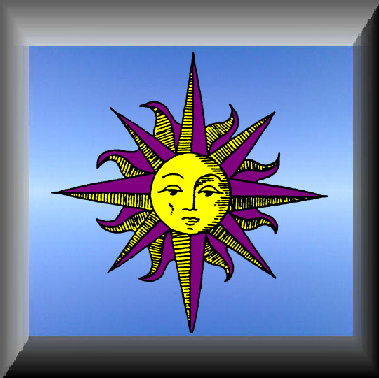VITAE ESSENTIA
The Essence of Life
Native Plants
New Zealand is a country that has vast areas of bush land and greens spaces full of native plants. These plants have long been the source of medicine for pre-Europeans, indeed there is now a strong interest in this area and what these plants have to offer. Much of the information on native plants has been shared orally, following colonisation and when the Tohunga’s were not allowed to practise much of this information has been lost. Therefore there is limited documentation on the effects of these plants. Fortunately there are some excellent resources in the form of books, websites and courses. If you are interested in native plants and their Rongoā (medicine) then these are a must.
Rongoā can be defined as:-
“Traditional Māori medicine – a system of healing that was passed on orally. It comprised diverse practices and an emphasis on the spiritual dimension of health. Rongoā includes herbal remedies, physical therapies such as massage and manipulation, and spiritual healing.
Tohunga ahurewa (priestly experts) were often responsible for rongoā, especially its spiritual aspects.”
Māori are thought to have used the native plants externally through hot baths, steam, poultices with the juices of some plants being drunk as a tonic or remedy. The word rongoā can mean tonic or remedy.
(Te Ara - the Encyclopedia of New Zealand, 2012 )
Māori are thouThere are many plants that are used for medicine, ideally it is best to use the ones from your area, so there is the need to be able to identify the plant as well know the names. Regionally the name changed dependent on which Iwi / Hapu lived there, so plants have several names and a plant by one names is a completely different plant in another locality.
The principles of collecting plants is respect with the land / whenua, not collecting in a sacred or tapu area. Always addressing the locality or plant before harvesting with a prayer or karakia and thanking them for what they have offered and given as a gift.
There is a guideline that the 4 Ks are the plants to remember for use, these being, Karamu




